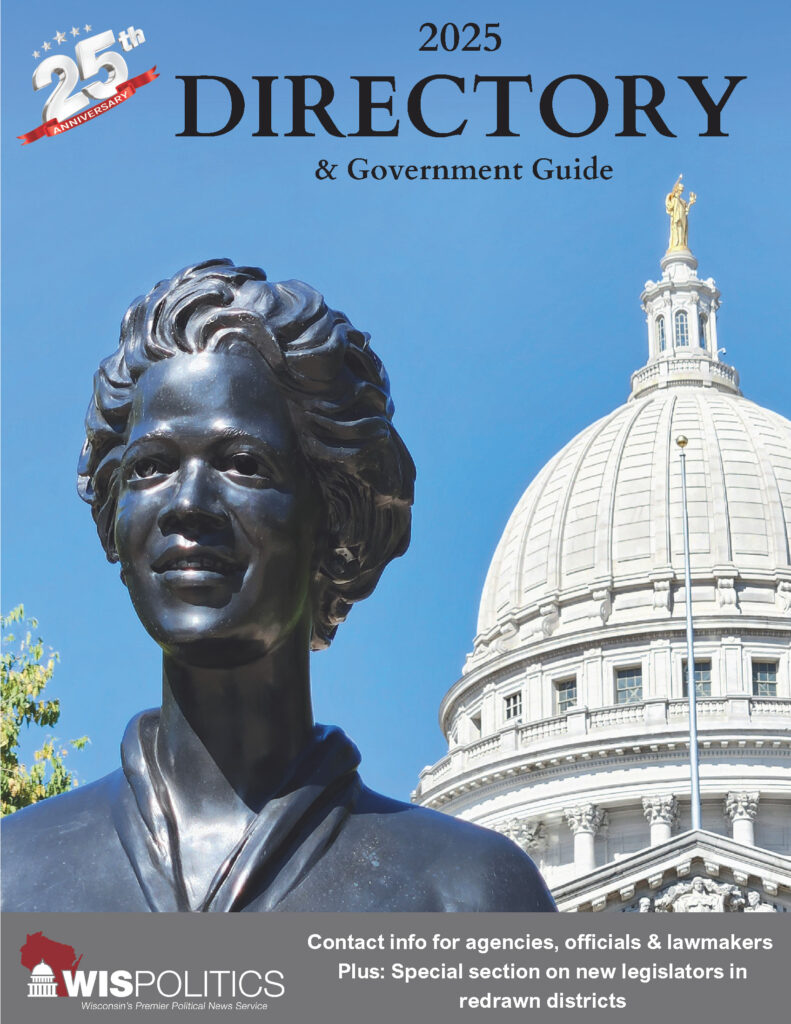With busy holiday travel on the horizon, the Wisconsin State Patrol is providing safety tips for summer travelers with trailers and campers in tow. “State Patrol troopers and inspectors are on the roads every day to make sure travelers get to their destination safely,” Wisconsin State Patrol Superintendent Tim Carnahan said. “Drivers have the biggest role in travel safety and should be checking lo...
Please log in to access subscriber content.
If you don't have a subscription, please contact schmies@wispolitics.com for subscription options on the WisPolitics-State Affairs platform, which is the new home for WisPolitics subscriber products.


